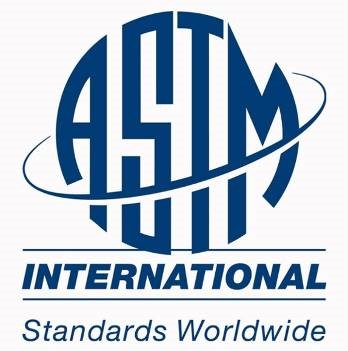The significance of fasteners in ensuring stability, security, and structural integrity across various applications cannot be overstated. They serve as essential mechanical components, playing a vital role in engineering and machinery. Standards set by different organizations guide manufacturers in producing high-quality, uniform fasteners, ensuring safety and reliability in critical industries.
Key organizations involved in developing fastener standards include:
- ISO (International Organization for Standardization): Known for implementing a wide array of standards across industries, including fasteners and related components for nearly 50 years.
- DIN (Deutsches Institute for Normung): A leading European standard particularly recognized for its metric standards covering various fastening devices and accessories.
- ASTM International (American Society for Testing and Materials): Originally focused on addressing American railroad failures, now offers standards covering diverse metals used in the fastener industry across 140 countries.
- ASME (American Society of Mechanical Engineers): Initially focused on safety in boilers and pressure codes, provides specific terminology and definitions for threaded fasteners.
- ANSI (American National Standards Institute): Coordinates with other organizations to accredit standards, ensuring openness, balance, and consensus in various industries, including fasteners.
- SAE International (Society of Automotive Engineers): A global organization standardizing automotive and mobility-related industries, offering guidelines for components, systems, and practices.
These organizations categorize fastener standards based on six key aspects:
Specifications: Covering crucial properties such as dimension, tolerances, and material composition.
Test Methods: Defining test procedures to assess fastener effectiveness and values.
Practice: Providing installation procedures and instructions for successful fastening.
Guide: Offering guidance to help consumers select the right fasteners.
Classification: Providing clear categorization of fastener types.
Terminology: Defining specific terms and symbols related to fastener structure and composition.
Overall, these standards ensure uniformity, quality, and reliability in fasteners, aiding consumers and industries in understanding and selecting appropriate mechanical components for various applications. These guidelines play a crucial role in achieving success in fastening processes.
